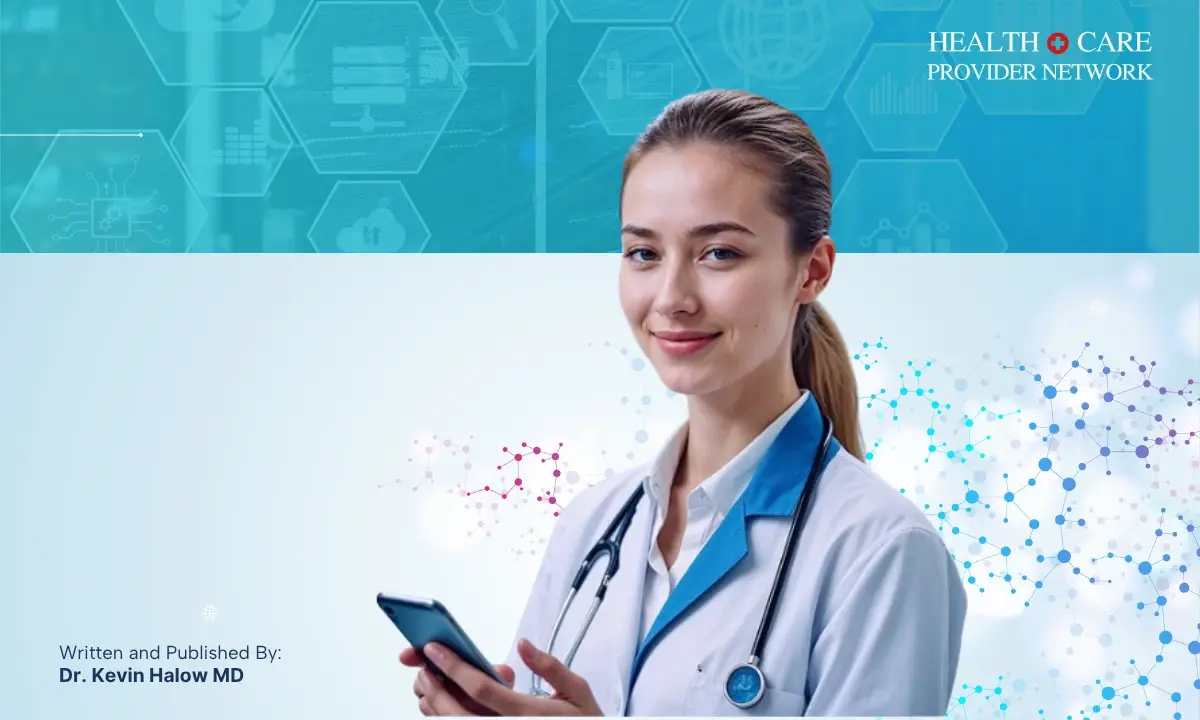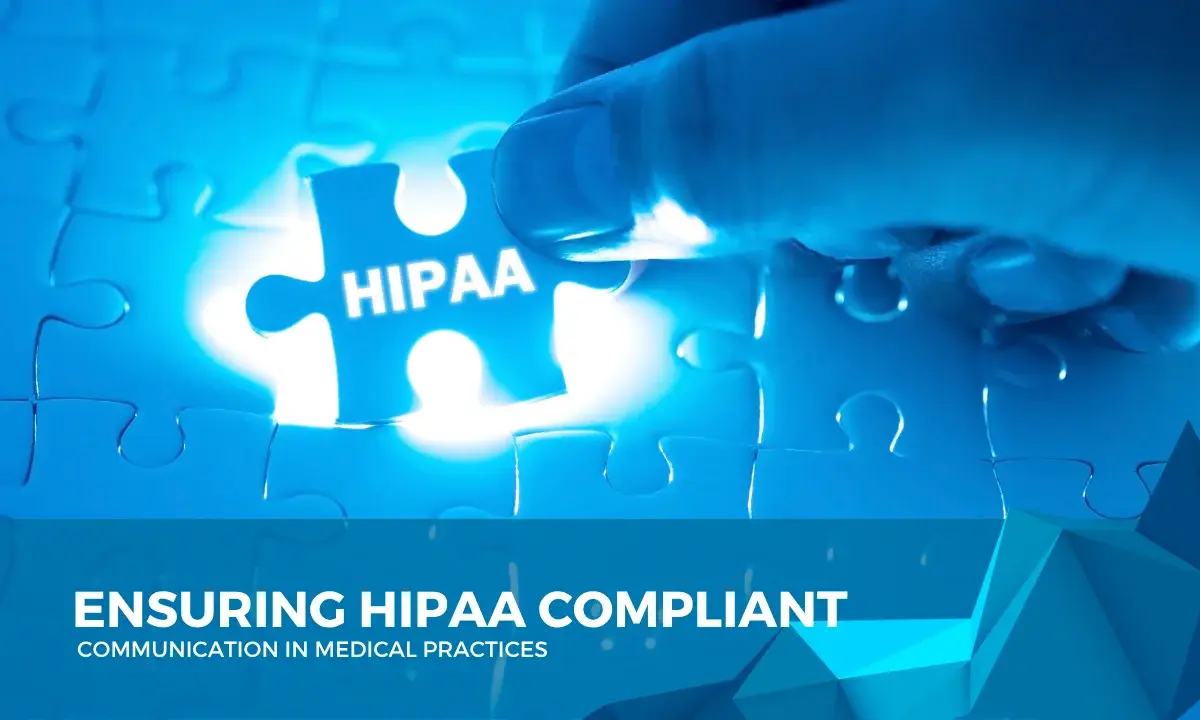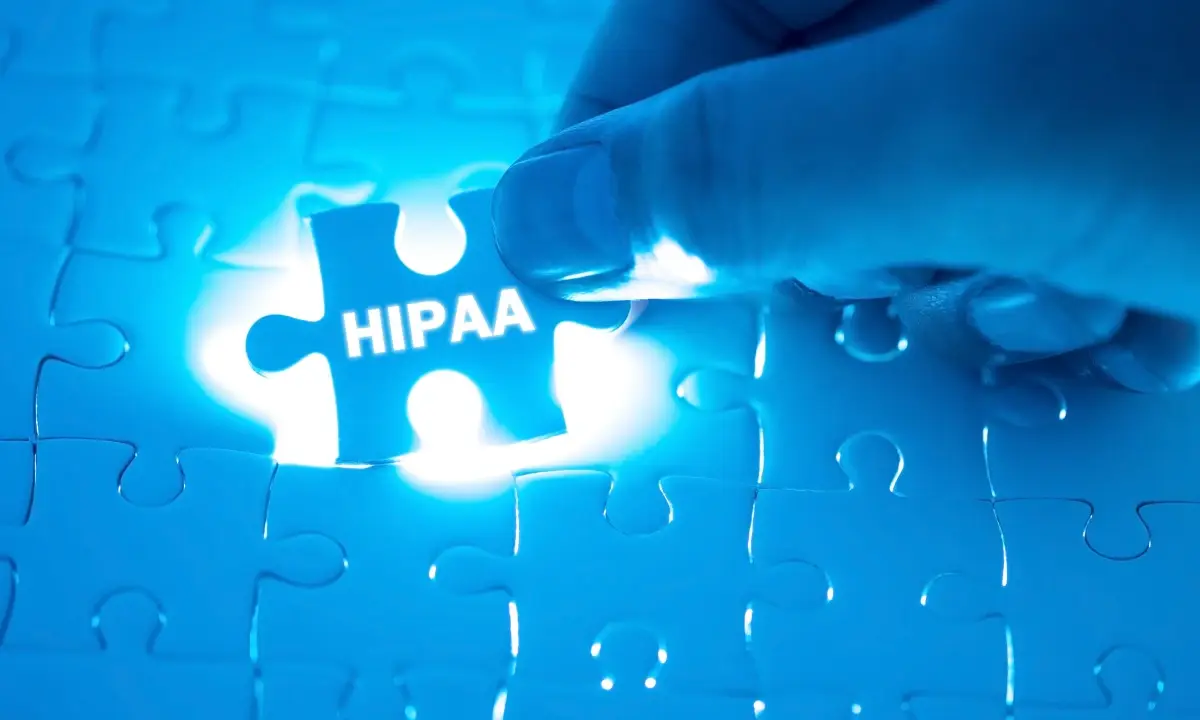Clinicians continue to face several challenges related to clinical communication and collaboration, even as digital adoption accelerates. These issues often stem from fragmentation, workflow misalignment, and legacy infrastructure. Here are the key points:
Fragmented Communication Channels
Fragmented clinical communication solutions like EHR messaging, email, and third-party apps often lack proper integration.
- Problem: Information is scattered across platforms, leading to delayed responses, missed messages, and duplication.
- Example: A nurse sends a message through the EHR, but the on-call physician receives critical updates via a separate mobile app.
Lack of Real-Time, Role-Based Routing
Legacy clinical communication systems don’t support real-time, role-based routing or shift-aware contact logic, leading to misrouted alerts and wasted time identifying the right contact.
Impact: Nurses or physicians must manually locate the correct on-call colleague, increasing care delays and clinician frustration.
Alert Fatigue and Interruptions
CC&C platforms often generate high volumes of non-urgent alerts without adequate filtering or prioritization.
Consequence: Increased risk to patient safety and elevated cognitive load.
Result: Clinicians become desensitized, sometimes ignoring true high-priority messages.
This issue highlights the need for smarter clinical communication workflows that use AI-based routing to reduce noise.
Poor EHR Integration
Many CC&C tools lack seamless integration with EHRs, resulting in:
- Manual data entry,
- Inability to view patient context during messaging,
- Fragmented documentation trails. This breaks clinical workflows and reduces the overall utility of communication systems.
Modern clinical communication tools must connect seamlessly with EHRs to provide context-rich messaging.
Device Overload
Providers may carry multiple devices: hospital-issued smartphones, personal phones, tablets, and pagers.
- Problem: Juggling between them causes inefficiencies and confusion, especially during emergencies.
Security and Compliance Barriers
Strict HIPAA rules require secure messaging, authentication, and audit logging.
- Many clinicians still resort to unsecured texting due to ease of use, putting PHI at risk.
- Workarounds indicate poor user experience in officially approved CC&C apps.
Effective clinical communication solutions must also support HIPAA compliance and auditability out of the box.
Resistance to Workflow Change
Adoption of CC&C tools requires workflow redesign.
- Clinicians often resist changes due to steep learning curves, loss of efficiency, or perceived additional burden.
- Leadership may not fully engage frontline users during selection or rollout, compounding the problem.
Without user-friendly clinical communication platforms, clinicians may abandon tools for non-compliant alternatives.
Lack of Standardization Across Facilities
Different departments may use various communication platforms, especially in health systems with multiple hospitals or practices, complicating cross-team collaboration and continuity of care.
This lack of cross-facility standardization weakens clinical collaboration and delays decision-making.
Limited Patient Engagement Integration
Most CC&C systems focus on clinician-to-clinician communication. However, there’s a growing demand for bidirectional communication with patients (especially for post-acute care, discharge instructions, and remote monitoring).
- Current tools lack integration with patient apps or portals, limiting holistic care coordination.
Emerging Technologies and Trends in Clinical Communication and Collaboration (CC&C) Industry
- Telehealth & Multi-Channel Communication: The pandemic has accelerated telemedicine, integrating video and remote collaboration into CC&C platforms. Modern systems support real-time conferencing (e.g., tele-ICU) alongside messaging and voice, allowing care teams to communicate “anywhere, anytime.”
- EHR Integration & Contextual Workflows: Next-gen CC&C tools extract data from EHRs and hospital systems to streamline workflows. They integrate clinician schedules, patient monitor feeds, and lab/radiology alerts into the messaging engine, enabling automatic message routing (e.g., paging the on-call hospitalist) based on real-time patient and staff circumstances, enhancing response times.
- Artificial Intelligence and Automation: AI/ML is increasingly used for clinical alerts. Vendors are creating AI chatbots and triage engines to evaluate alarms, prioritize severe events, and minimize alert fatigue. Natural-language processing and predictive analytics direct critical notifications to the appropriate caregivers.
- Wearables and IoT Integration: Wearable devices and Internet of Things (IoT) monitors, such as continuous vital sensors and portable telemetry, are integrated into CC&C platforms. Real-time vital sign data collected from bedside monitors or wearable patches can trigger alerts automatically and be sent through the communication system. This trend blurs the distinction between patient monitoring and clinical messaging.
- Cloud-Based and Open-API Systems: Many hospitals are moving CC&C to the cloud for scalability and mobile access. New solutions emphasize interoperability standards (FHIR, HL7, SMART on FHIR) and open APIs (promoted by the 21st Century Cures Act), enabling data flow between EHRs, CC&C apps, and patient smartphones. Vendor roadmaps increasingly highlight cloud-native architectures and partnerships (e.g., Cisco Webex Health Clouds, Microsoft Azure integrations).
Frequently Asked Questions
1. What is a HIPAA compliant unified communication platform in healthcare?
A HIPAA compliant unified communication platform is a secure system that integrates voice, video, messaging, and alerts into one application, ensuring patient data privacy while streamlining clinical collaboration.
2. How does HIPAA compliant unified communication reduce alert fatigue?
HIPAA compliant unified communication platforms use AI-based routing and role-based alerts to filter non-urgent messages, helping clinicians prioritize critical notifications and reduce cognitive overload.
3. Why is EHR integration important in HIPAA compliant unified communication?
EHR integration allows HIPAA compliant unified communication systems to deliver context-rich messages with patient data, reducing manual entry, preventing errors, and speeding up decision-making.
4. Can HIPAA compliant unified communication replace multiple clinical devices?
Yes. HIPAA compliant unified communication apps consolidate pagers, smartphones, tablets, and messaging tools into a single secure platform, reducing device overload and improving workflow efficiency.
5. How does HIPAA compliant unified communication improve physician engagement?
By offering asynchronous collaboration, real-time communication, and secure access to clinical data, HIPAA compliant unified communication helps re-engage physicians, reduce burnout, and strengthen teamwork.







